How To Grow Cucumbers Vertically to Maximize Space
I’ve got the key to growing cucumbers vertically – it’s a game-changer! By training them upwards, you save space and amp up air circulation, leading to healthier plants and top-quality harvests.
Pick vining types like Armenian or lemon cucumbers, ensuring they thrive in sunny spots. Construct a sturdy trellis, around 5-7 feet high, for them to climb. Remember, pruning their side shoots and staying on top of watering are essential.
Main Points Covered Below
- Choose vining cucumber varieties like Armenian or straight eight for vertical growth.
- Use sturdy trellises at 5-7 feet high to support vines.
- Prune lateral shoots for better fruit production and air circulation.
- Maintain consistent watering and organic mulch for healthy growth.
- Harvest cucumbers at 6-8 inches, store in the refrigerator for freshness.
Benefits of Growing Cucumbers Vertically
Growing cucumbers vertically offers a range of advantages for both small-scale and urban gardeners. When you choose vertical gardening, you’re not just saving space; you’re also promoting better air circulation around your cucumber plants.
This improved airflow helps reduce the risk of diseases that thrive in stagnant, humid environments. Imagine this: your cucumbers basking in the breeze, staying healthy and vibrant!
Furthermore, growing cucumbers vertically makes tasks like pruning, harvesting, and pest control a breeze. No more bending or crouching for hours; everything is within easy reach. Plus, by keeping your cucumbers off the ground, you’re ensuring excellent fruit quality. Say goodbye to misshapen or damaged cucumbers!
And here’s the real icing on the cake – vertical gardening often leads to higher yields compared to traditional methods. It’s like getting more value for your money without the extra effort.
Choosing the Right Cucumber Varieties
When considering the vertical growth of cucumbers, the selection of cucumber varieties plays a crucial role in guaranteeing successful cultivation. Growing cucumbers vertically can be a fulfilling experience, especially if you choose the appropriate cucumber plant for the task.
Varieties like Armenian, Boston pickling, straight eight, or lemon cucumber are recognized for their vining tendencies, making them ideal choices for vertical gardening.
These fast-growing, long-stemmed trailing vine cucumbers are perfect for reaching new heights when supported by trellises or tomato cages.
For a more compact vertical garden, consider bush cucumber types that offer smaller fruits and a more contained growth habit. Look for cucumber varieties that produce long, flexible tendrils, as these make training the plants on trellises or supports much easier.
Going with cucumber varieties that thrive in full-sun conditions ensures they’ll flourish when grown vertically. By selecting the right cucumber varieties, you set yourself up for a successful vertical cucumber-growing adventure.
Setting Up Trellises for Vertical Growth
To support the vertical growth of cucumbers, robust materials like chicken wire and bamboo poles are ideal for building durable trellises. These structures offer essential support for the vines as they climb upwards, ensuring they grow tall and strong.
When setting up your trellis, make sure it reaches a height of around 5-7 feet to accommodate the vertical growth of cucumbers effectively. By training the cucumber vines to climb the trellis, you can help them grow in an organized manner, preventing overcrowding and promoting better air circulation around the plants.
Building trellises for your cucumber plants not only saves garden space but also plays a pivotal role in their overall health and productivity. The trellises provide a framework for the vines to latch onto, encouraging them to grow vertically and produce an abundance of healthy fruits.
So, when it comes to supporting the growth of your cucumbers, investing time in setting up sturdy trellises, especially using materials like chicken wire, is a wise choice.
Maintaining Vertical Cucumber Plants
Maintaining vertical cucumber plants involves regularly pruning lateral shoots to focus energy on main vines and fruit production. By removing these side shoots, the plant directs its resources towards growing the main vine and developing more cucumbers.
Monitoring for pests like cucumber beetles and diseases such as powdery mildew is essential. Early detection allows for prompt action, mitigating potential damage and ensuring healthy plant growth.
Implementing vertical gardening techniques not only saves space but also aids in better air circulation around the plants, reducing the risk of diseases.
Consistent watering is crucial to prevent stress on the plants, promoting uniform fruit development and minimizing deformities. Organic mulch serves multiple purposes, helping retain moisture, regulate soil temperature, and combat weed growth.
Harvesting cucumbers frequently not only encourages continuous production but also prevents them from becoming overripe. By adopting these practices, you can maintain thriving vertical cucumber plants while enjoying a bountiful harvest.
Container Gardening for Vertical Cucumbers
After focusing on the care and maintenance of vertical cucumber plants, let’s now explore container gardening for vertical cucumbers. When it comes to container gardening, soil preparation is essential. Make sure you use well-draining soil rich in nutrients to support the growth of your cucumber plants.
Try incorporating organic matter into the soil for added nourishment.
Pest control is vital in container gardening to protect your cucumber plants. Keep an eye out for common pests like aphids or cucumber beetles. You can use natural remedies or organic pesticides to keep these pests at bay and safeguard your plants.
Companion planting is another strategy to consider in container gardening for cucumbers. Think about planting herbs like basil or dill near your cucumber plants to deter pests and enhance growth.
Using Natural Supports for Vertical Growth
When growing cucumbers vertically, using natural supports like sturdy trellises, garden stakes, or wire mesh can be a game-changer.
These supports not only provide stability but also promote healthy growth by allowing the cucumber vines to climb and sprawl freely.
Choose Sturdy Trellises
I normally choose sturdy trellises made of durable materials like metal, wood, or PVC to provide long-lasting support for my vertical cucumber growth. Ensuring the trellis is vital and robust enough is essential to accommodate the vines’ upward growth.
Securely position the trellis in the ground to prevent any toppling over, especially with the weight of mature cucumber plants. When selecting natural supports like fences, trees, or existing structures, consider their stability to guarantee they can handle the climbing cucumbers.
Regular maintenance checks on the trellis structure are necessary to guarantee it can withstand the weight and growth of the cucumber vines. Remember, a strong foundation is key to successful vertical cucumber gardening.
Utilize Garden Stakes
Have you thought about using durable wooden or metal garden stakes to support your cucumber vines for vertical growth? Stake placement is essential for providing a strong foundation for the vines to climb. Securely anchor the stakes into the ground to prevent them from toppling over as the cucumber plants mature.
When training the cucumber vines, gently guide them upwards along the stakes to encourage vertical growth. Regular support maintenance is vital to make sure the vines have the stability they need. By monitoring their growth and adjusting the stakes as necessary, you can optimize the support provided.
Garden stakes offer a natural and cost-effective solution for vertical growth in limited garden spaces, making them a practical choice for nurturing your cucumber plants.
Opt for Wire Mesh
Considering the benefits of wire mesh for supporting vertical growth, one can easily see how this natural solution offers a sturdy structure for cucumber vines to climb.
Wire mesh alternatives provide a cost-effective and efficient way to create vertical cucumber structures in your garden. By using wire mesh, you not only give the vines a reliable support system but also promote better air circulation around the plants, reducing the risk of diseases.
Cucumbers can effortlessly attach themselves to the wire mesh using their tendrils, allowing for upward growth and saving space in your garden or container.
When placing the trellis, make sure it’s sturdy and securely anchored to support the weight of the growing cucumbers.
Pruning Techniques for Vertical Cucumbers
To promote vertical growth in cucumber plants, prune by pinching off lateral branches and side shoots. This pruning technique offers several benefits for your vertical cucumber garden.
By removing excess foliage, you redirect the plant’s energy towards fruit production, resulting in healthier and more abundant harvests. Moreover, trimming helps maintain a well-structured growth pattern, preventing overcrowding and enhancing air circulation, which is essential for disease prevention.
When implementing vertical growth strategies, like pruning, it’s essential to inspect your plants regularly. Look out for any yellowing or diseased leaves, as removing them promptly can prevent the spread of illnesses and promote overall plant health.
Using clean and sharp pruners for precise cuts minimizes stress on the plants during pruning, ensuring they continue to thrive in their vertical setup.
By using these pruning techniques in your vertical cucumber gardening routine not only boosts plant growth but also contributes to a more fruitful and disease-resistant cucumber crop.
Watering and Fertilizing Vertical Cucumber Plants
Consistently watering vertical cucumber plants with at least 1 inch of water per week is essential for promoting healthy growth and fruit development. When it comes to watering techniques, ensuring that the soil is consistently moist but not waterlogged is key.
I find that using a soaker hose or drip irrigation system can help deliver water directly to the plant’s roots, avoiding wetting the foliage which could lead to diseases.
Nutrient management is equally important for vertical cucumber plants. Fertilize them every 2-3 weeks with a balanced fertilizer containing nitrogen, phosphorus, and potassium to provide the essential nutrients for robust growth.
Monitoring soil health is crucial in vertical gardening; be mindful of overwatering to prevent root rot and underwatering which can stunt growth.
For ideal plant care and growth optimization, consider using organic fertilizers like compost or fish emulsion to nourish the plants naturally. Adjust your watering and fertilizing routine based on weather conditions and the growth stage of your vertical cucumber plants to maximize productivity.
Harvesting and Storing Vertical Cucumbers
When it comes to harvesting vertical cucumbers, timing is essential. Aim to pick them when they reach 6-8 inches in length for the best flavor and texture.
Storing them in the fridge’s crisper drawer can keep them fresh for up to a week.
Proper Harvest Timing
Harvesting and storing vertically grown cucumbers demands caution to guarantee peak flavor and freshness. To confirm the best taste, pick cucumbers when they reach 6-8 inches in length.
Check them daily as they can quickly turn bitter if left on the vine for too long. When harvesting, use a sharp knife or shears to cut them from the vine without damaging the plant.
After harvesting, store the cucumbers in the refrigerator in a perforated plastic bag. This helps maintain freshness for up to 1 week.
Remember to inspect stored cucumbers regularly and remove any yellowing or soft ones to prevent spoilage and make sure that the remaining cucumbers stay fresh and crisp.
Efficient Storage Methods
To efficiently store vertically grown cucumbers, consider wrapping them in a paper towel and placing them in the refrigerator’s crisper drawer to maintain their freshness. Space-saving solutions are essential when storing cucumbers; the crisper drawer helps maximize sunlight exposure, keeping them crisp and flavorful.
For those practicing balcony gardening or dealing with limited space, creative container options like hanging baskets or vertical planters can be a game-changer. Temperature control is important, especially in microclimates found in urban settings.
Harvesting cucumbers in the morning when they’re cool and fresh contributes to better storage outcomes.
Use cucumbers within 1-2 weeks for peak taste and texture. Avoid storing them near ethylene-producing fruits like apples to prevent premature ripening.

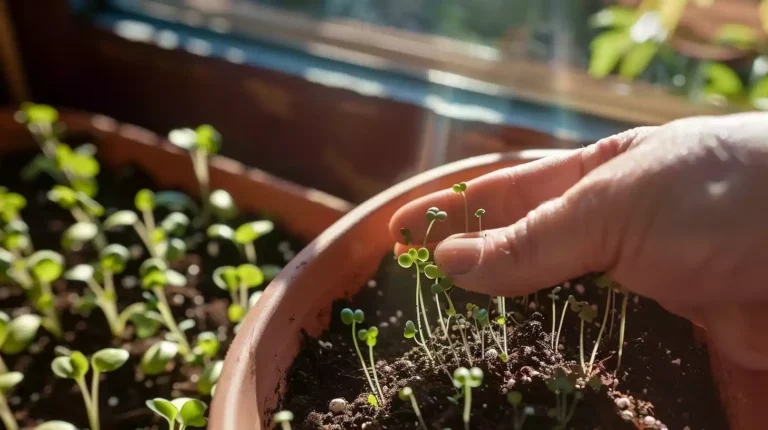
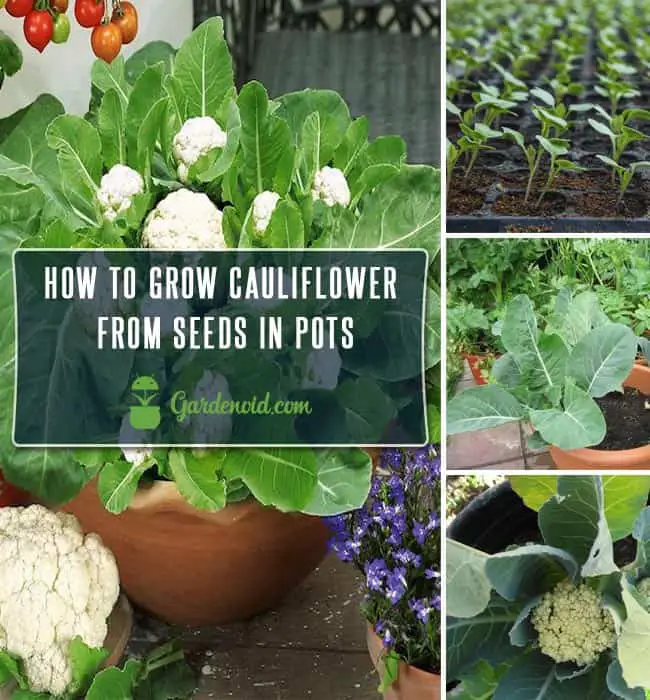
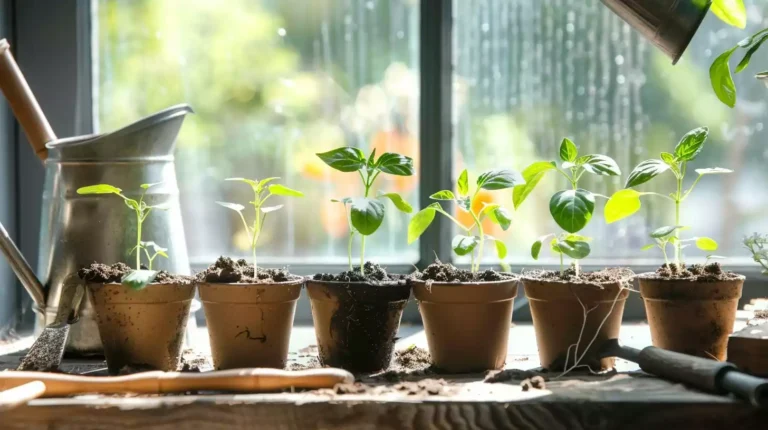
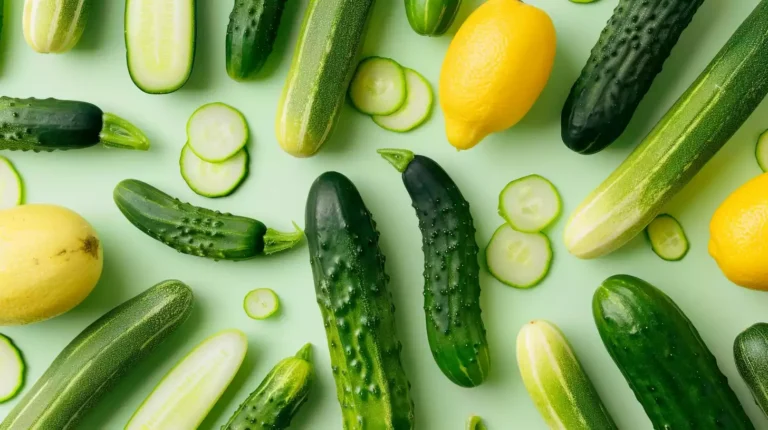
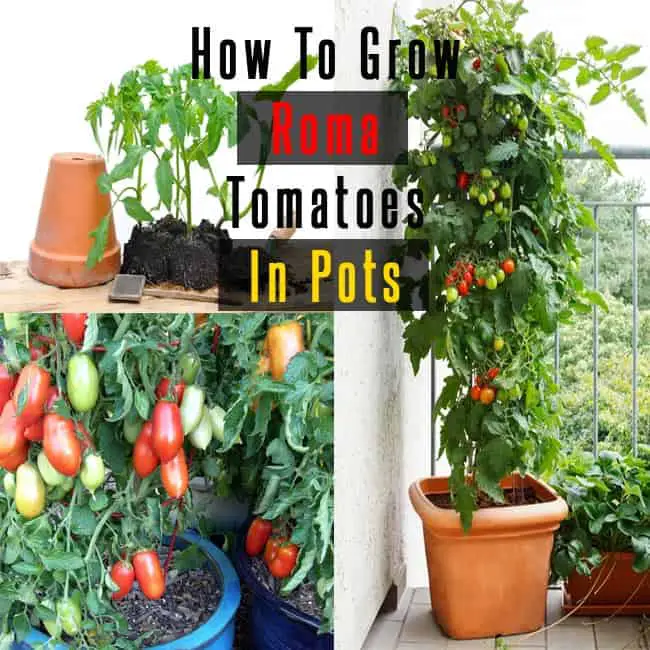
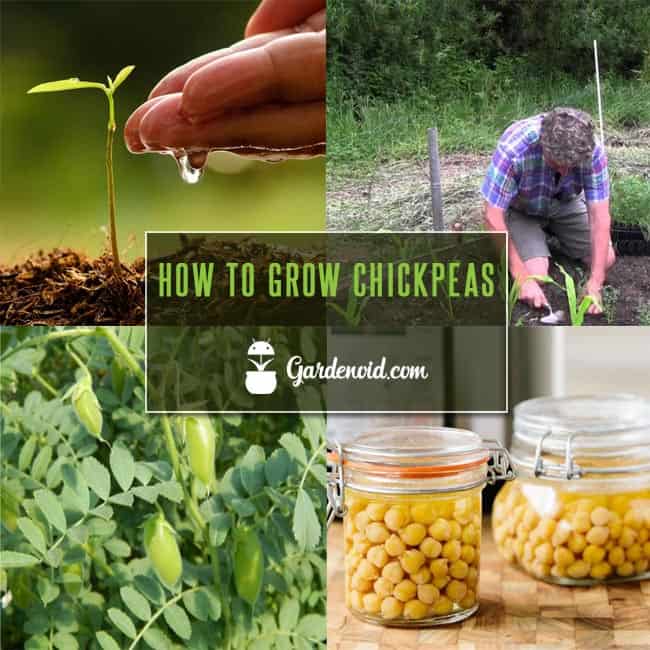
hey Kathleen, great read! but i got a question, do all varieties of cucumbers work well with vertical gardening? got a small space and thinking what’s best.
I’ve tried vertical gardening after reading similar advice, and it’s truly a space-saver and healthy for the plants. Well done on emphasizing the importance of trellis selection; it made all the difference in my garden!
But isn’t it more natural to let cucumbers spread on the ground? Why mess with nature. yeah, vertical saves space but at what cost to the plant’s natural growth patterns? I think we should consider if it’s really beneficial in the long run.
Vertical gardening actually mimics some natural environments where cucumbers climb. It can improve airflow and reduce disease risk.
oh, didn’t know that. makes sense, thanks!
Interesting article. Really makes me think about trying vertical gardening for my cucumber plants next season.
My cucumbers climbing higher than my career lol.
Kathleen, your segment on natural supports for vertical growth will be an excellent resource for my class’s project on sustainable gardening practices. I value how you explained the choices between trellises, garden stakes, and wire mesh in accessible terms.
All this talk about vertical gardens, but what about the importance of using eco-friendly materials? You missed a crucial point about sustainability here. Hoping you can address this next time!